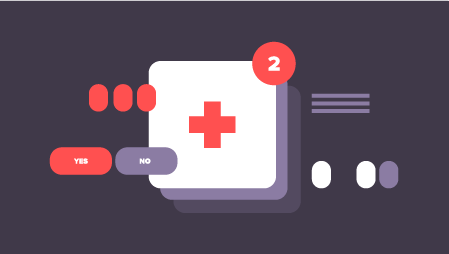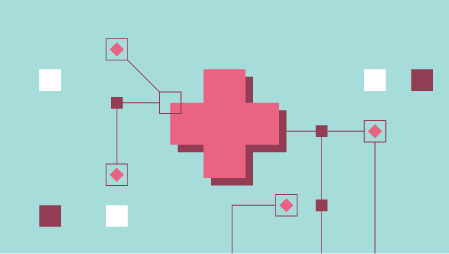This post showcases one such patient health-care system, used at Los Angeles Children’s Hospital, which reinvented its data-management architecture with Hadoop. Alina Popescu reports that while attending the 2013 Hadoop Summit, the co-hosts of the CUBE magazine met Mohamed Elmallah, Manager of Enterprise Applications and Architecture at the Children’s Hospital in Los Angeles. In their conversation, Mr. Elmallah seemed very excited about recounting his experience with Hadoop implementation at his hospital to facilitate fast access to Electronic Medical Records (EMR) data that had been online since 2004.
When Hadoop was considered for th Children’s Hospital, the budget-frendliness of the entire project was a major criterion for getting approval. To this effect, Mr. Elmallah mentioned that there was a match between the needs of research on data and the budget we had.
For the last several years, the researchers or other hospital staff at Los Angeles Children’s Hospital who required instant access to mountains of their patient data and also other medical research data for their work, were finally able to gain access to essential data at their fingertips because of Hadoop. Hadoop for those that do not know is a data-storage technology that utilizes existing hardware and network components to rebuild a Hadoop-enabled network architecture to facilitate speedy storage and retrieval of high volume data from back-end databases.
As part of their future plan, Elmallah said that the electronic medical records systems are relatively open today. We’ll be able to get the data out of the Hadoop and tier it into the EMR for our end users.
Hadoop has proved its mettle in the big data world, and this case study is just another example of a successful implementation of Hadoop at a children’s hospital. In fact, the back-end of the EMR system has been designed such that the hospital users simply have to know the front end UI to quickly extract the needed patient data, process or update it, and store the data back on the system.
Why is Hadoop a preferred choice among large data systems?
As in the case of Children’s Hospital in Los Angeles, many organizations, handling very high-volume data on a daily basis, have transitioned to Hadoop-enabled database systems. Hadoop has the following characteristics, which make it a favored data platform for data scientists and end users alike:
- The provision for utilizing ordinary, low-end hardware as components of a Hadoop network.
- Fast data retrieval through a distributed, parallel processing architecture
- Data access from any location such as networked mobile devices
- Fast storage of data without any data loss
- Low maintenance as distributed servers are free from data clogging
- Decentralized network: One broken node does not bring down entire system
How has Hadoop reshaped the EMR system at the Children's Hospital?
At Children’s Hospital in Los Angeles, the data scientists and IT folks have reinvented the database design for the EMR system; and now the hospital administrators, hospital staff, research staff and even the IT center are all happy to see such a transparent system helping users (mainly researchers) interact with such powerful data, that was hitherto unknown to them.




